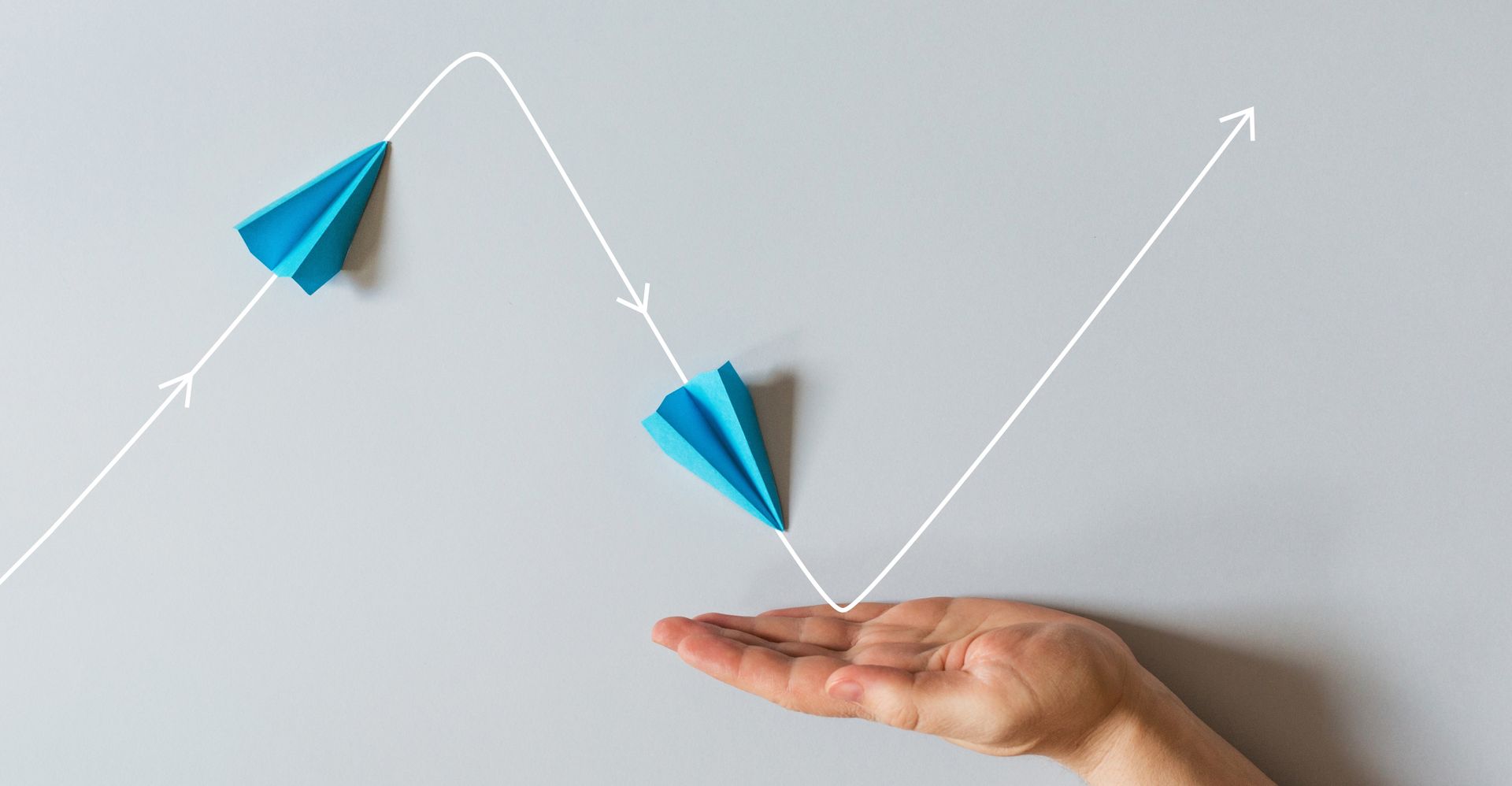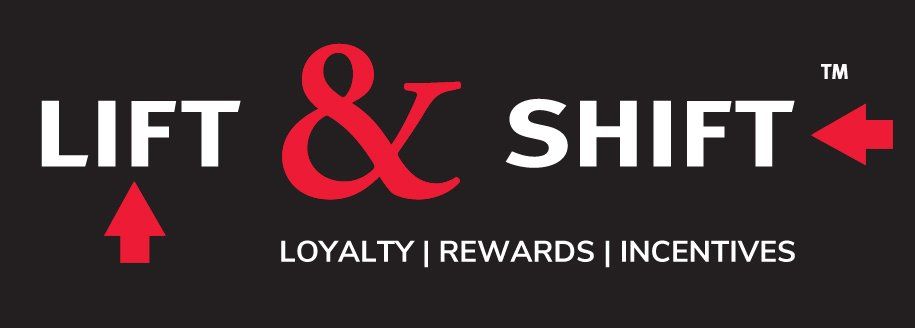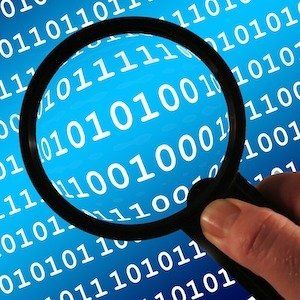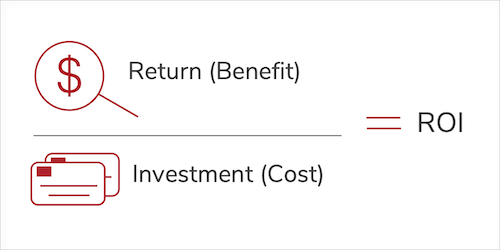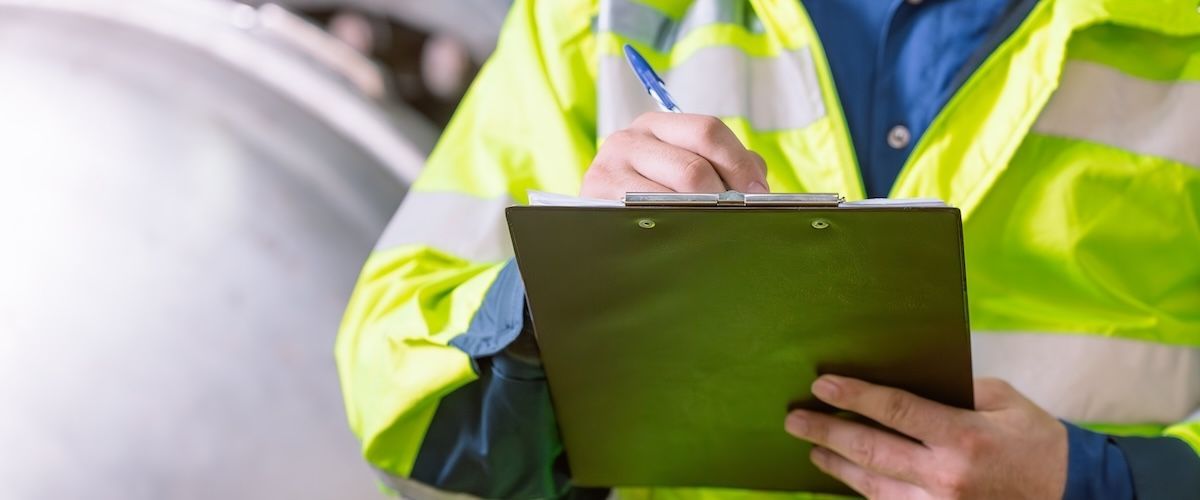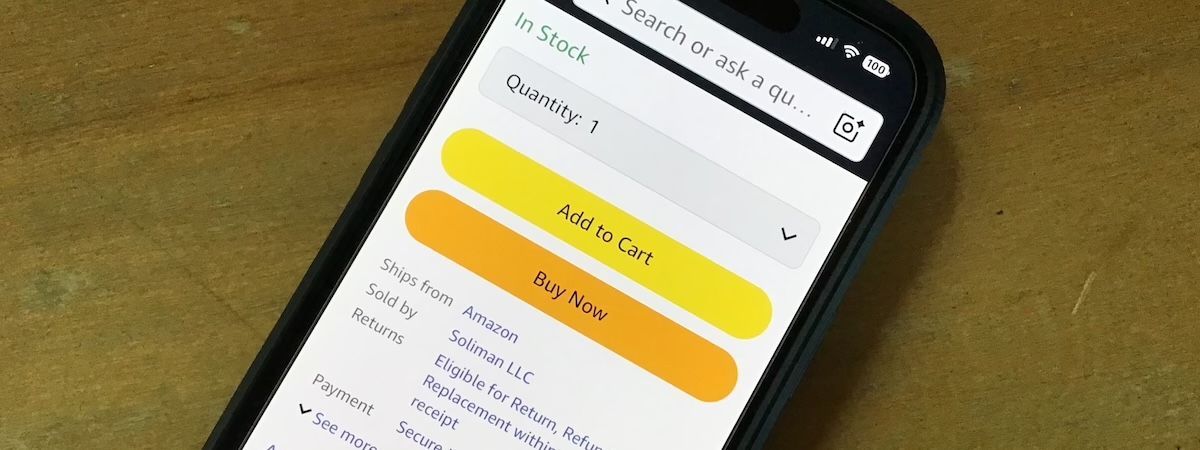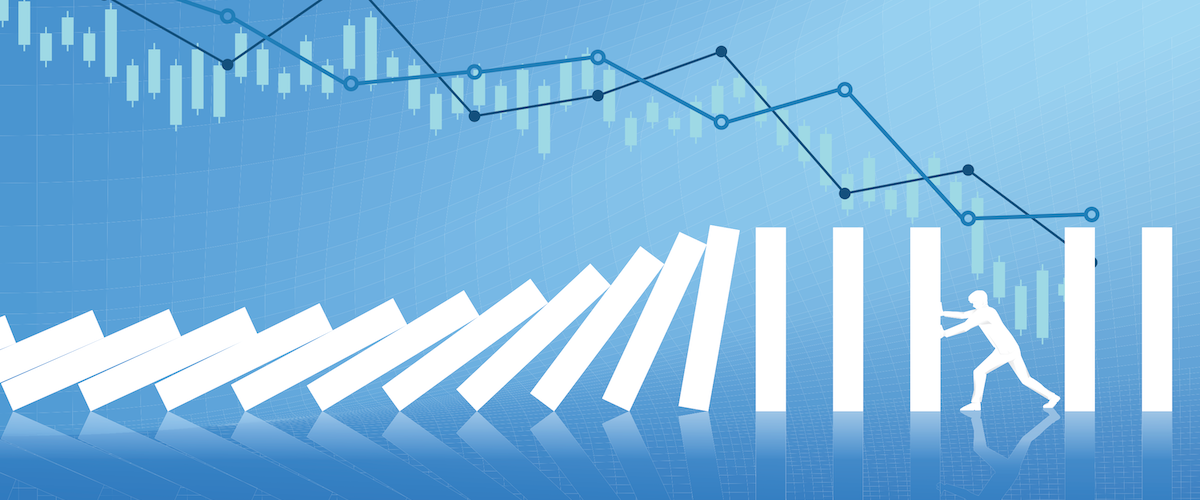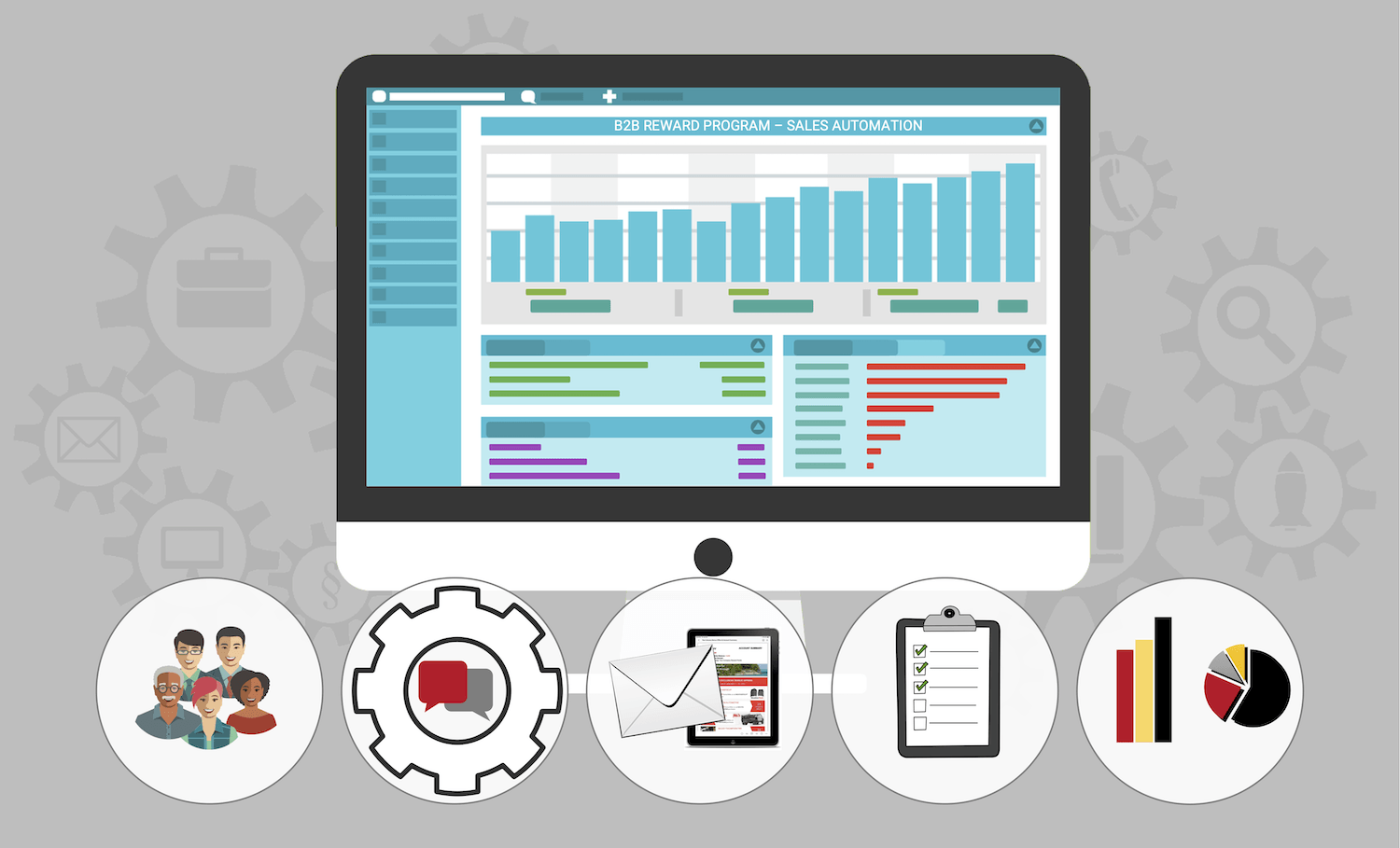Because you can see the details of a customer's buying history and patterns in your transaction history, you can dangle special bonus reward offers tied to new purchasing – things they have not bought before – and see if they change their behavior.
Why Reward Existing Customers for Something They are Going to Buy Anyway?
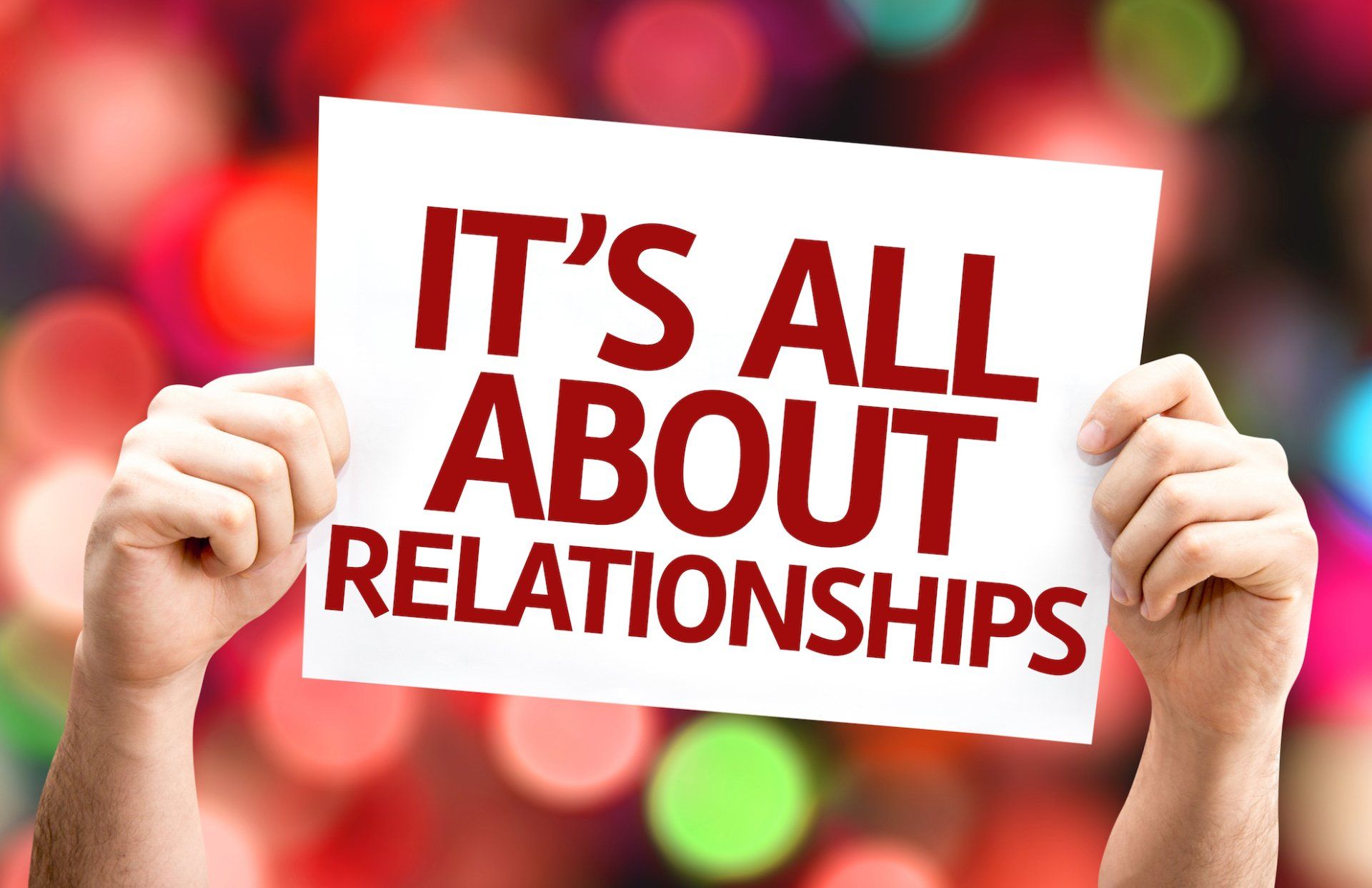
Why reward someone for something they are going to buy anyway?
One common objection stems from the misconception that rewarding customers for their purchase is an unnecessary expense because they would have bought the item or service anyway. Perhaps such a comment comes from the assumption that a customer's loyalty is lasting, however, in the digital economy, where the range of options to purchase is vast, those that have been affected by the likes of Amazon will tell you the comment is too simplistic, with an assumption that just because a customer has bought from you before, they will again.
Instead, you may want to consider that those same customers may be spending more of their budget with your competitors, and if serviced poorly by you, they may defect to the competitors altogether. The reality is, when used properly, rewarding customers becomes an immediate sales growth and profit center, with highly measurable results and incremental profit. Offering rewards will encourage them to buy from you again and again, keep customers engaged and build customer relationships.
Customer Reward Programs—A Refresher
A customer reward program is a simple yet effective sales tool that delivers a much higher and more measurable ROI than any other program or tactic available to marketers today.
The customer-facing premise is straight-forward: if the customer buys your products or services, they earn a reward.
While many of the most popular programs are consumer-facing, the fact is business-to-business programs tend to offer the most significant results due to the increased buying power of the typical business versus the typical consumer. More purchasing equals more rewards.
The key is for the company offering the reward program to ensure the structure of the reward program aligns with their sales objectives – and at minimum, the goal should be to encourage the customer to spend more money than in the past. But that is just the tip of the iceberg; the best programs will leverage historical sales data to identify all sorts of sales opportunities that may or may not have happened anyway – and increase the likelihood that they do happen:
- Increase the number of transactions in a period
- Increase the average size of a transaction
- Encourage online account set-up and purchasing
- Reverse purchasing declines or drop-off
- Sell products the customer is buying elsewhere
- Encourage bundle buying
- Stimulate bulk buying
- Clear out old inventory
- Introduce new product lines
Virtually every company in the world will identify with these sorts of sales goals and opportunities. Hence, their ability to leverage a customer reward program is evident. Still, it is crucial to structure the program rules to benefit the company offering the program so that program ROI is as high as possible.
Program Economics 101—A Loyalty Program Rewards the Company Offering the Program
A properly structured reward program employs reward values that reflect each transaction's value to the company offering the program. Some products or services have higher margins – so they should be associated with higher reward values to stimulate customers to buy them/more often.
A good rule of thumb is to ask, "Would you give up $0.02 or $0.03 in reward costs to get $1.00?" If your margin on the $1.00 is 20% or greater, then the answer is usually a resounding, "YES!" If your margin is 5%-15%, the answer is "NO!" – and a less expensive reward value is required to maintain optimal program ROI.
However, a program that leverages historical data and a robust rules engine can get a lot more creative with reward rules and offer values to generate the highest ROI. To illustrate, ask yourself the following questions:
- What's a new account worth over the lifetime of the typical customer?
- How much would I give up to increase a customer's spending by 30% in a year?
- How much am I willing to invest in a customer taking on another product line – or several?
- What is it worth to me if a customer orders 50 units instead of 30?
- How can I get more customers to place orders online?
All of these questions have a measurable value that should be considered when structuring the associated reward offers to drive these sorts of customer purchasing behavior. The saying, "the ends justify the means," certainly applies to reward programs.
It never hurts to say thank you to loyal customers
It's worth pointing out that rewarding customers for any purchase is an effective way to say thank you for their loyalty and creates numerous opportunities to build ongoing dialogue and a stickier relationship. After all, your competitors would love to poach your customers, so show your customer that you appreciate their business with a modest reward and diminish the likelihood of them responding to competitive overtures.
But this is just the beginning…
Take the customer relationship to the next level
Much more importantly, a properly structured reward program will build on the "thank you for your repeat business" rewards by incentivizing purchases the customer has NOT made. The reward for their ongoing purchases opens the door for you to build upon your relationship using your customers' historical sales data, marrying it with a very transparent and highly measurable automated sales tool that delivers exceptional ROI on every dollar invested.
We think Mr. Wanamaker would have loved a good customer reward program in his day. Consider the facts:
Let Lift & Shift help you grow your sales with a reward program customized to your sales objectives. Contact us for a free consultation.
Lift & Shift™ offers a powerful B2B reward platform that can help your company leverage its sales data to drive incremental purchases with customers and channel partners or motivate sales staff. We work with manufacturers, distributors and service providers to analyze sales data, identifying purchasing gaps and other valuable targeting opportunities.
We create and deliver highly relevant offers to customers, in-house sales staff or sales associates, motivating your target audience to respond, using a wide array of appealing reward options as influencers. Our performance-based reward structures deliver an unparalleled return on investment, with absolutely no wasted budget.
Our customizable reward platform enables clients to easily benefit from a robust loyalty reward program. It's affordable and includes Lift & Shift’s turnkey professional program administration. We take care of everything so you can focus on your key initiatives.
Looking to create or
improve your program?
We can help!
Blog page form

Your Automated Sales Partner: How a B2B Loyalty Program Unlocks Revenue from Under-Serviced Accounts
